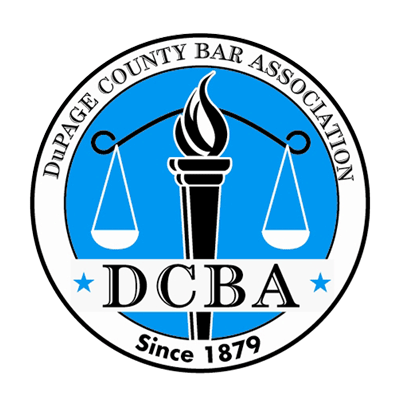
Lap and shoulder belts work to keep people safe when a collision occurs; they prevent passengers and drives both from ejection from the vehicle and from hitting the vehicle’s interior. Seat belts also function to disperse and manage the force of the impact on the body. Part of seat belt functionality is that it must fit correctly. With such an important safety feature, it’s no surprise that Illinois law requires each driver and passenger in a vehicle to wear a properly adjusted seat belt if they are on a highway or a street.
According to the National Highway Traffic Safety Administration, using seat belts saved nearly 15,000 lives in 2017, and in 2019, the national use rate of seat belts was 90.7%. The high rate of seat belt use indicates that people expect their seatbelts to save them.
Of the roughly 37,000 people who died in 2017 from motor vehicle accidents, 47% of them were not wearing seat belts. So, what should you do when you’re wearing your seat belt, and it fails when you need it the most? If it doesn’t save you during an accident, what should you do?
To start, let’s examine some of the common types of seat belt failures.
What Are Some Examples of Seat Belt Failure?
Webbing failure
Webbing is the strap portion of a seat belt; it can extend either across the lap or from shoulder to hip. In order for the strap to work appropriately, the material must be strong and free of defects. If manufacturing defects leave the webbing weakened, the seat belt could snap and break when an individual’s body hits it due to the force of an accident.
Spooling
Spooling occurs when excess seat belt webbing releases during a collision or a rollover. Usually, this takes place as a result of a retractor defect. When the belt is too loose, it may not perform as it should. Individuals could collide with the interior of the vehicle or even face ejection from the vehicle. Spooling is usually identified after an accident occurs. Sometimes this is called “skip lock.”
Retractor Failure
The retractor is responsible for keeping the seat belt at the right tension; in order to do so, there are built-in mechanisms that should lock up in certain circumstances. For example, a high-speed collision should trigger the retractor to
False Latching
False latching is when the seat belt’s latch appears to be buckled and in place, but it is, in fact, not latched. If a seat belt is not actually latched, then there is a high risk of seat belt failure in the case of an accident. False latching can be due to user error, or it can also be a result of a problem within the locking mechanism.
Possible Injuries from Seat Belt Failure
A defective seat belt or a seat belt failure can result in a variety of injuries. Some of the injuries can be more serious than others, but all of them can impact your wellbeing. Here are some of the most common:
- Traumatic brain injuries
- Broken bones
- Whiplash
- Paralysis
- Internal bleeding
- Wrongful death
Who’s Liable?
It’s possible with defective seatbelts and seatbelt failure for liability to rest with several different parties. The seatbelt manufacturer, the automobile company, and third party companies could all be responsible, depending on the circumstances. The negligence varies based on several factors, including:
- Failing to adequately test the seatbelt safety;
- Flaws or defects in the actual design of the seatbelt;
- Subpar manufacturing materials were used to make the seatbelt
Defective Seat Belt Lawsuits
If you were injured in an accident and experienced seat belt failure, it’s important that you speak with a personal injury attorney who understands the complicated nature of ascertaining and proving negligence. You deserve to receive compensation for your medical expenses, lost wages, and lost time. An attorney will be able to determine if your situation qualifies as a seat belt defect lawsuit, a defective product lawsuit, or a defective seat belt lawsuit.
Over the years, many automakers have recalled seat belts, including GM, Honda, Ford, and Toyota—as recently as December 2020! If you’ve suffered an injury from a seat belt failure, the attorneys at Cullotta Bravo Law are here to assist you. Their experience in insurance company defense equips them to effectively strategize how to achieve the best possible outcome for your case. Call today at 630-898-7800 or contact us online. We’ve helped win millions in settlements over the years, and you only pay if we win your case or your settlement.





